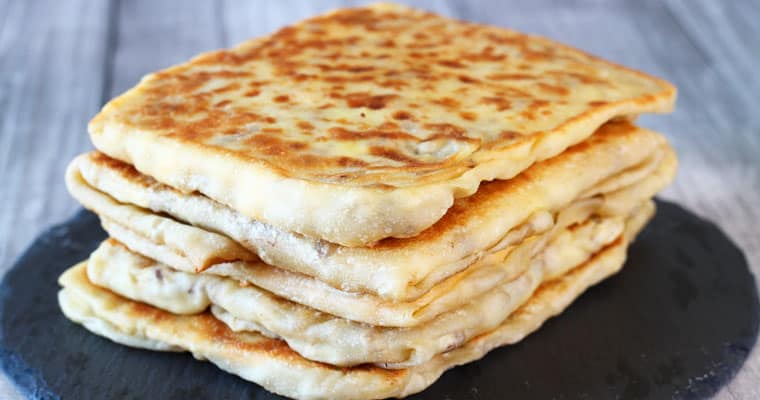One of the two things common people in the outside world identify India cuisine with is heat; the other being curry.
When it comes to introduce heat in Indian food, chili peppers are most often the choice across the subcontinent. However, chili peppers were introduced rather recently in our cuisine.
Let us look at some of the words used to describe chili peppers in India
1. Chili
2. Chili pepper
3. Mirch/Mirchi/Morich
4. Lonka (West Bengal)
We will come to the Bengali usages in the later part of the post.
Let us start with the word chili. The word comes directly from the Aztec language Nahuatl which points towards the geographic origin of the ingredient: South America.
Why is it also called chili pepper then? Where does the word pepper come from? Turns out it has an Indian/Sanskrit origin: pippali. Before chilis were introduced to India, India gave the non-American world the supply of heat in their food. There were three main hot ingredients in Indian cuisine:
1. Long pepper (pipul/pippali)
2. Black/white pepper
3. Piper chaba (The Latin name for chui-jhaal/choi-jhaal, and ingredient that was more prevalent in Bengal, North East and some of the far eastern countries. This ingredient is still in use both Bengals' rural cuisine)
When the Spanish invaders came across another hot ingredient, they just likened it to the already known one and called it chili pepper.
If you look at the words for pepper in European languages, you can see that the it comes from the same word: poivre (French), pfeffer (German), pepe (Italian), piper (Latin).
Now, let us look at the word cluster: mirch/mirchi/morich. That group of words have a very colorful history. To summarize, it comes from the name of the major port in present day Kerala from where it was exported. There are records of pepper trade from India since almost the beginning of common era. The main port was at the estuary of river Periyar called Musiri. The accepted opinion of linguists seem that it declined in the following path: Musiri>Murisi>Murichi>Mirchi. I was trying to find out where did the name of the port Musiri come from. I am indebted to Mr. Vijayan, father of one of my ex-colleague, who is an expert in ancient Tamil. Here is the explanation I learned from him:
The river Periyar bifurcates near the sea giving an image of a cleft lip. In Tamil a smile of a person with cleft lip is referred to as a three lipped smile. Muna means three, siri means smile. There is a conjunction of words similar to madhyapadalopi karmadharay that gives rise to the word munasiri which got shortened to Musiri.
Now, let us try to get to the Bengal scene of the peppers. In West Bengal the chilies are referred to as lonka and in Bangladesh it is more common to use the word morich. There are some usages that point to the fact that the original phrase was lonka morich and two sets of people selected two differents parts from it. The nomenclature lonka morich comes from the fact that primary import route of chili into Bengal was via Lanka (now Srilanka). Srilanka used to be the last port before the stuff came into Chattagram and Saptagram via Portuguese.
We as a species have been extremely global for a very long time. It is evident in our linguistic and culinary discourses. Just pick an ingredient and it will tell you a fascinating story of our past as a species.











